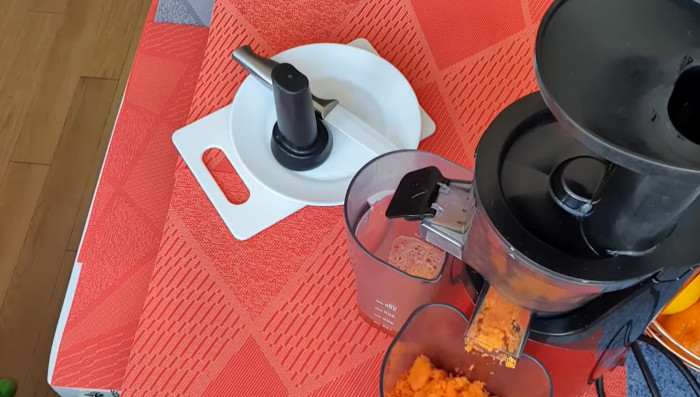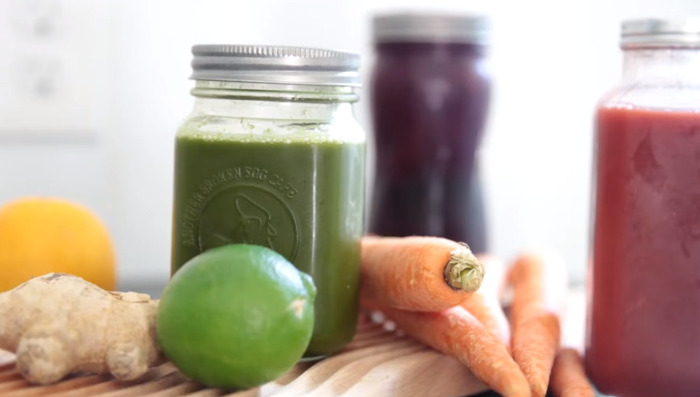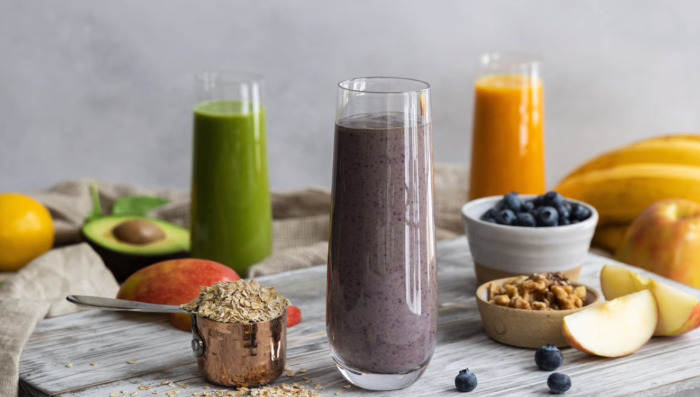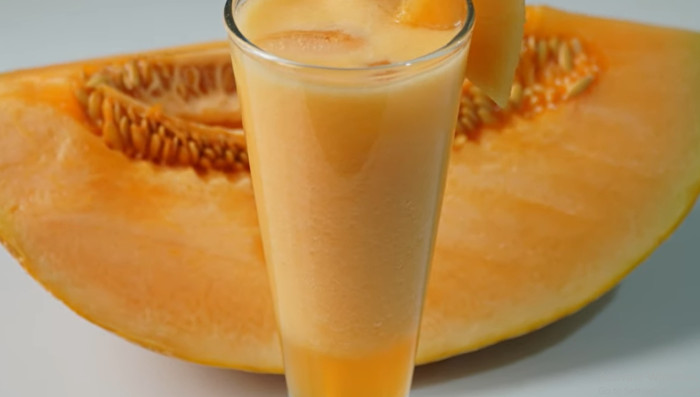What is Migraine?
Migraine is a neurological condition characterized by intense, throbbing headaches, often accompanied by nausea, sensitivity to light and sound, and sometimes even visual disturbances known as “auras.” Unlike regular headaches, migraines can be debilitating, lasting anywhere from hours to days. The exact cause of migraines is still not fully understood, but they are often triggered by factors such as stress, changes in sleep patterns, certain medications, and even dietary choices.
For instance, lack of sleep or inconsistent sleep schedules may lead to changes in brain chemistry that trigger migraines. Some medications can also cause rebound headaches or make individuals more susceptible to migraines. Lifestyle adjustments, proper hydration, and mindful eating habits can play a vital role in managing and preventing migraines.
What are the Symptoms and causes of Migraine?
Symptoms of Migraine:
- Intense, throbbing headache, often on one side of the head
- Nausea and vomiting
- Sensitivity to light, sound, and sometimes smells
- Visual disturbances or “auras”
- Dizziness or lightheadedness
- Fatigue and mood changes
Causes and Triggers of Migraine:
- Stress: Techniques like relaxation therapies, exercise, and yoga can help manage stress-related migraines.
- Sleep Patterns: Inconsistent sleep or less than seven hours a night may increase the risk.
- Medications: Some can cause rebound headaches or trigger migraines in susceptible individuals.

- Diet and Dehydration: Certain foods, drinks, and dehydration can be triggers.
- Genetics: Family history of migraines may increase susceptibility.
- Weather Changes and Environmental Factors: Bright lights, strong smells, and weather changes can provoke migraines.
- Hormonal Changes: Especially in women, fluctuations in hormones may lead to migraines.
Equipment for making juices for migraine relief
Preparing juices for migraine relief requires specific equipment to ensure maximum nutrient absorption and ease of preparation. Here’s a list of essential tools:
- High-Powered Blender: For smoothies and blending hard ingredients like ginger and frozen fruits.
- Juicer Machine: Such as the Namawell J2 Juicer, which uses a low-speed system to prevent oxidation and ensure maximum nutrient absorption.
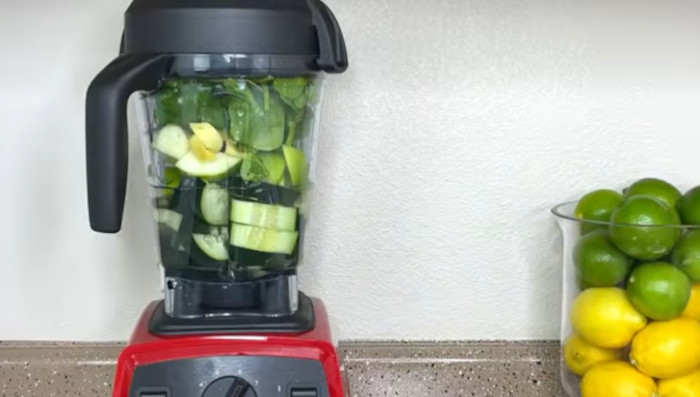
- Strainer: To remove any pulp or unwanted solids from the juice, if desired.
- Chopping Board and Knife: For cutting and preparing fresh ingredients like fruits and vegetables.
- Measuring Cups and Spoons: To accurately measure ingredients and follow the recipes precisely.
- Glass or Jug: For serving the juice, preferably chilled.
- Ice Cube Tray: If you prefer your juice cold, have ice cubes ready.
- Storage Containers: If you’re making juice in bulk, airtight containers will keep it fresh.
Juice Recipes for Migraine Relief:
Cucumber-Watermelon-Lemon Juice
Ingredients:
Creating a refreshing and hydrating juice for migraines is simple with the right ingredients. Here’s what you’ll need for the Cucumber-Watermelon-Lemon Juice:
- Cucumber: 1 small cucumber, known for its high-water content and hydrating properties.
- Watermelon: 4 cups of peeled watermelon, rich in vitamins and a great source of hydration.
- Lemon: 1 peeled lemon, adding a tangy flavor and packed with vitamin C.

Instructions:
Making Cucumber-Watermelon-Lemon Juice is a breeze with these simple instructions:
- Prepare Ingredients: Wash and peel the cucumber, watermelon, and lemon. Chop the cucumber and watermelon into manageable pieces.
- Juice the Ingredients: Place the cucumber, watermelon, and lemon into your juicer. If you don’t have a juicer, you can blend the ingredients and then strain the juice.
- Mix Well: Ensure that the ingredients are well combined to create a smooth and consistent texture.
- Chill (Optional): If you prefer a cold beverage, you can chill the juice in the refrigerator for about 30 minutes or serve over ice.
- Serve: Pour the juice into glasses and enjoy immediately. Garnish with a slice of lemon or a sprig of mint if desired.
Pineapple – Beet Juice Recipe:
Ingredients:
Making Pineapple-Beet Juice is not only delicious but also beneficial for migraine relief. Here are the essential ingredients you’ll need:
- 2 Ripe Pineapples: Peeled and chopped, pineapples add sweetness and are rich in vitamins.
- 2 Medium Red Beets: These add earthy flavor and are known for their anti-inflammatory properties.
- 1-2 Small Gold Beets: For a milder taste and additional nutrients.
- Thumb of Ginger: Adds a zesty kick and aids in reducing inflammation.

Instructions:
These instructions will help you create a Pineapple-Beet Juice:
- Prepare the Ingredients: Peel the pineapples and beets, and chop them into manageable pieces. Peel the ginger as well.
- Set Up the Juicer: If using the Namawell J2 Juicer, ensure it’s clean and ready for use.
- Juice the Ingredients: Start with the pineapples, followed by the red and gold beets, and finally the ginger. The order helps in mixing the flavors well.
- Serve Over Ice: Pour the juice over ice in a glass for a refreshing experience.
- Enjoy Immediately: The juice is best enjoyed fresh to maximize nutrient absorption and prevent oxidation.
- Clean the Juicer: Always clean the juicer immediately after use to maintain its efficiency.
The ultimate migraine smoothie:
Ingredients:
Creating the ultimate migraine smoothie requires a blend of specific ingredients known for their potential benefits in relieving migraines. Here’s what you’ll need:
- 1 cup mixed berries: Packed with antioxidants, they can help reduce inflammation.
- 1 frozen banana: Adds creaminess and natural sweetness, and contains magnesium.
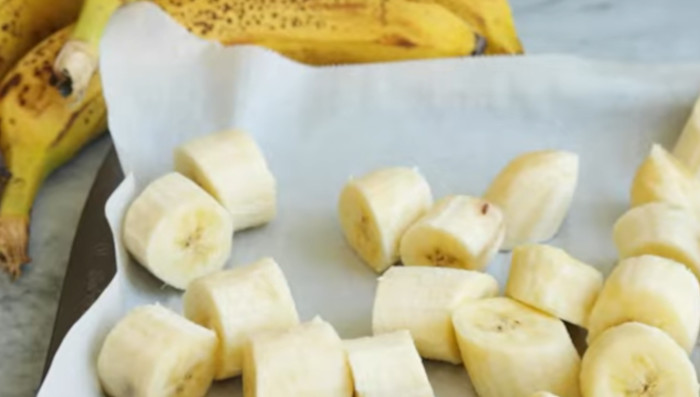
- ½ inch piece of ginger: Known for its anti-inflammatory properties.
- ½ cucumber, chopped: Adds hydration and a refreshing taste.
- 1 cup coconut water: Helps with hydration, a key factor in preventing migraines.
- 1 tbsp chia seeds: Rich in omega-3 fatty acids, which can reduce inflammation.
- 2 tbsp hemp hearts: A source of protein and omega-3s.
Note: You can swap the chia seeds and hemp hearts for a scoop of protein powder if desired.
Instructions:
Follow these steps for preparing the ultimate migraine smoothie:
- Gather Ingredients: Ensure you have all the ingredients listed in the previous section.
- Prepare the Blender: Use a high-powered blender for the best results.
- Add Berries and Banana: Start with the mixed berries and frozen banana for a smooth blend.
- Add Remaining Ingredients: Include the ginger, cucumber, coconut water, chia seeds, and hemp hearts.
- Blend Until Smooth: Process everything until you achieve a smooth consistency. Adjust the thickness by adding more coconut water if needed.
- Serve Immediately: Pour the smoothie into a glass and enjoy right away for the freshest taste.
Remember, this smoothie is designed to offer relief for many, but individual migraine triggers can vary. Always be mindful of your body’s unique response to these ingredients.
What are other Drinks to relieve Migraines?
- Herbal Teas: Chamomile, peppermint, and ginger teas are known for their calming effects and can help soothe migraines.
- Water: Staying hydrated is crucial, as dehydration can be a significant migraine trigger. Drinking enough water throughout the day can prevent or alleviate migraines.
- Coconut Water: Rich in electrolytes, coconut water can help with hydration and balance in the body, potentially reducing migraine occurrences.
- Bone Broth: Known for its healing properties, bone broth may aid in reducing inflammation, a common cause of migraines.
- Feverfew Tea: A traditional remedy for headaches, feverfew tea can be an effective natural treatment for migraines.
- Almond Milk: A good alternative for those sensitive to cow’s milk, almond milk can be a part of a migraine-friendly diet.
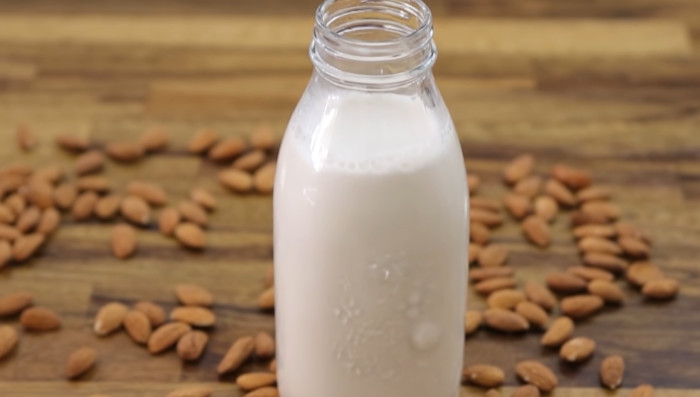
- Fresh Vegetable Juices: Juices made from carrots, beets, and cucumbers, rich in essential vitamins, can be a part of a healthy diet to combat migraines.
How can juicing help to combat migraines?
Juicing can be a powerful tool in combating migraines. Here’s how it can help:
- Nutrient Absorption: Juicing extracts essential vitamins, minerals, and antioxidants from fruits and vegetables, making them easier to digest and absorb.
- Anti-Inflammatory Properties: Ingredients like ginger, turmeric, and blueberries have anti-inflammatory effects that can reduce migraine triggers.
- Hydration: Juices with high-water content ingredients like cucumber and watermelon help in staying hydrated, preventing migraines caused by dehydration.
- Avoiding Triggers: By controlling the ingredients, you can avoid foods that might trigger migraines, customizing juices to your specific needs.
- Natural Remedies: Juicing offers a natural alternative to medication, providing relief through wholesome nutrition.
- Energy Boost: Nutrient-rich juices can increase energy levels, helping the body to fight off migraines.
- Detoxification: Certain juices can aid in detoxifying the body, removing toxins that might contribute to migraines.
- Customization: You can tailor juice recipes to include specific nutrients known to alleviate your migraines, such as magnesium in kale.
What not to drink with a migraine?
When dealing with migraines, it’s essential to know what to avoid as much as what to consume. Here’s a list of beverages that might exacerbate a migraine:
- Alcoholic Drinks: Especially red wine and beer, as they contain substances that might trigger migraines.
- Caffeinated Beverages: Such as coffee and certain teas, which can cause withdrawal headaches if consumed in excess.
- Sugary Drinks: High sugar content can lead to blood sugar spikes, potentially triggering migraines.
- Artificial Sweeteners: Found in some diet sodas, these can be a hidden migraine trigger for some individuals.
- Citrus Juices: For some, the acidity in citrus fruits might lead to migraines.
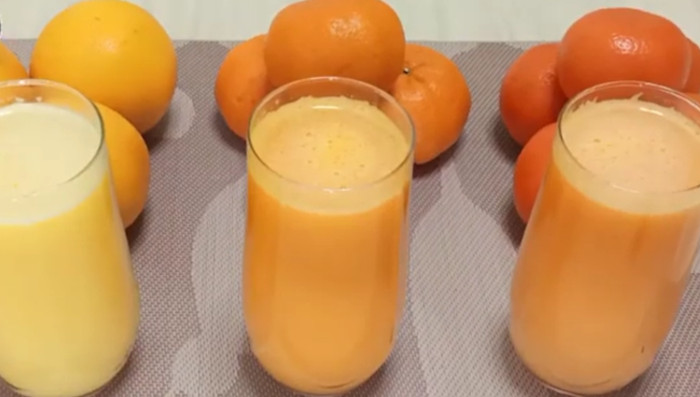
- Processed Juices: Containing additives and preservatives, which might aggravate migraines.
- Cold Drinks: Extremely cold beverages can sometimes trigger a “brain freeze,” leading to a headache or migraine.
- Tyramine-rich beverages: Such as fermented drinks, which contain a substance that might induce migraines in sensitive individuals.
Takeaway:
Migraines are complex and often debilitating, but understanding their symptoms, causes, and triggers can lead to effective management. From the ingredients and instructions for crafting beneficial juices like Pineapple-Beet Juice and Cucumber-Watermelon-Lemon Juice to recognizing what not to drink, informed choices can make a significant difference. Juicing offers a natural way to combat migraines by providing essential vitamins and anti-inflammatory properties.
Utilizing the right equipment and being mindful of individual triggers can further enhance the effectiveness of these remedies. However, it’s essential to remember that everyone’s body is unique, and what works for one person may not work for another. Keeping a migraine diary and consulting with healthcare professionals can help tailor a personalized approach to migraine relief. The journey towards a migraine-free life begins with awareness, careful planning, and a willingness to explore natural remedies.
FAQs:
How to cure migraines naturally?
Curing migraines naturally is a journey that requires understanding your body and triggers. Incorporating anti-inflammatory juices like those with ginger, turmeric, and kale can soothe migraines. Hydrating juices with watermelon and cucumber can prevent dehydration-triggered headaches. Mindful eating habits, avoiding processed foods, and embracing a balanced diet can further aid in natural migraine relief. Remember, consistency and personalized approaches are key to success.
What fruits are migraine triggers?
Identifying migraine triggers is highly individual, but some common fruit culprits include citrus fruits like oranges and lemons. Additionally, ripe bananas, avocados, and other fruits containing tyramine, a natural compound, might trigger migraines for some. It’s essential to recognize that these triggers vary from person to person, so keeping a food diary to track reactions to specific fruits can be a valuable tool in managing migraines.



